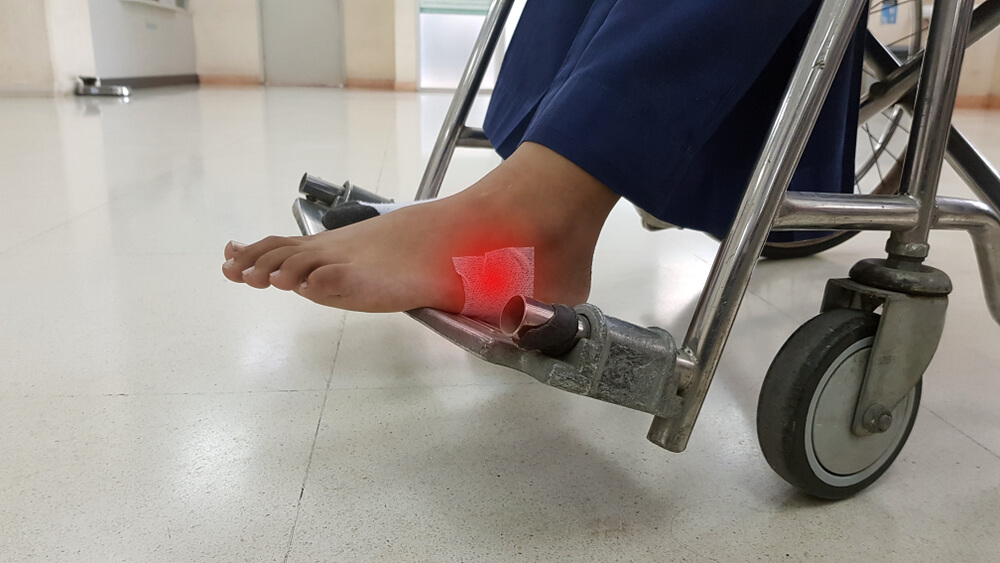TYPES
There are two significant types of foot gangrene:
Dry gangrene. This is more common in individuals who have vascular infection, diabetes, and immune system illnesses. It typically influences your hands and feet. When the tissue dries up, the color changes. It might become brown to purplish-blue going to black color. However, dry gangrene can prompt wet gangrene in the event that it gets infected.
Wet gangrene: Mostly, this category includes an infection always. Trauma or burns in which the part of the body is compressed or squeezed may easily interrupt the blood flow to the site, destroy tissue, and increase the chances of infection. Contamination from wet gangrene can spread quickly throughout the body.
SYMPTOMS
The signs and symptoms of dry gangrene includes the following:
- Wrinkled skin that shifts color from blue to black which gradually disappears
- Pain
- Cold, numb skin
The signs and symptoms of wet gangrene includes the following:
- Inflammation and discomfort
- Red, purple, brown, blue, black skin, or greenish-black
- Fever and feeling unwell
- Blisters or sores with unpleasant smelling pus
- A line between healthy and damaged skin
- Thin, shiny, or hairless skin
- A crackling noise when you press on the affected area


